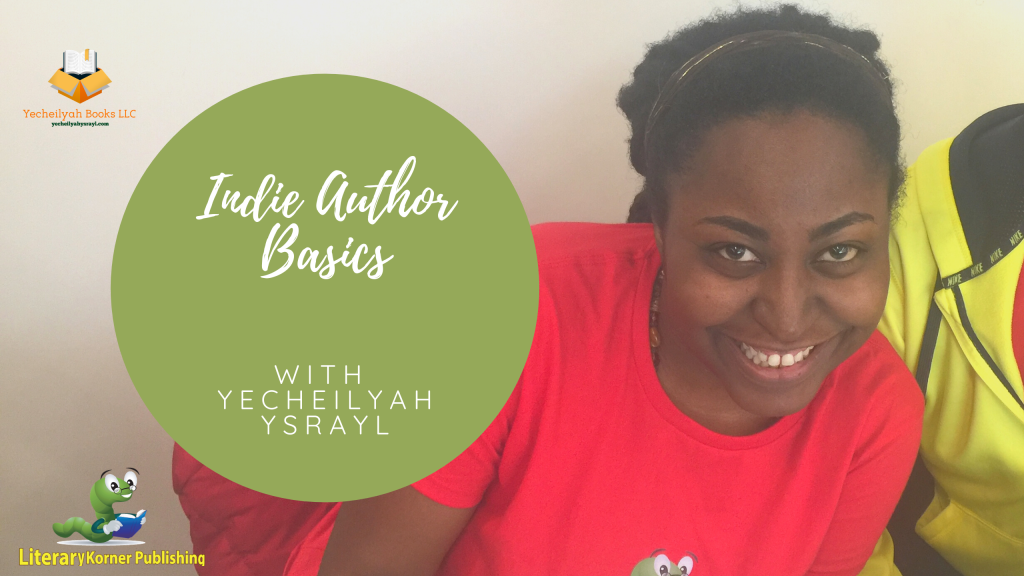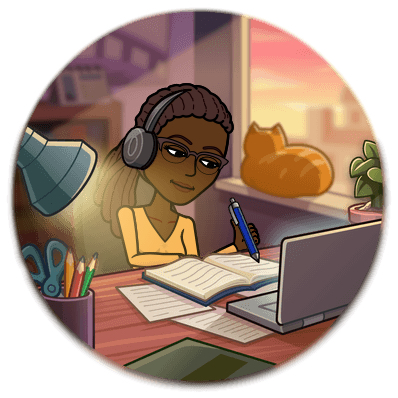
Note: These are suggestions based on my experience with my own books and books of authors I’ve worked with. These suggestions are not law or set in stone. In the end, each person must do what is right for them, but I hope these tips can help you decide.
Pricing your book as a new Self-Published author can tremendously impact your writing career and the momentum of your launch. Price the book too high, and you lose the interest of those who want to take a chance on a new author. Price the book too low, and people start to worry the book isn’t good quality.
So, what to do?
How Well Known Are You
Before I get into it, we must consider there is more than one kind of new author.
Some people may have never written a book before, but they have influence in other areas.
By influence, I mean that these writers have thriving businesses or are already known in their community for their expertise. They might not have published a book, but their success in other areas gives them leverage.
Because they have an impact, they can price their books higher even if they’ve never published a book. For instance, you wouldn’t expect Viola Davis’s first book to be cheap. She’s already a celebrity.
However, in this case, we are speaking of everyday dreamers who always desired to see their words in print. For us, we have to be a bit more strategic.
Now Let’s Get to It

Self-Published Ebooks: Usually less than $5.99. I recommend pricing the ebook low for new authors to encourage more sales and reviews. I would say anywhere between $0.99 – $2.99.
You can change your ebook price whenever you want, so you have room to experiment with this once the book is live. You might start with 99cents and then increase it later. This is up to you.
You can also set your first book in a series or your debut book price low once you’ve published other books to entice new readers. I am Soul, my award-winning poetry collection, was published in 2017. I have the ebook set to 99cents so new readers can get a taste of my writing style. Usually, this is the first book people read of mine, and they almost always want to read my other books next. This is intentional.
Self-Published Paperbacks: This is where I see the most problems. You are a new author no one has heard of before (and who no one ever thought was into writing in the first place), and your 50-page self-help book (half of which is blank pages so we can “fill in”) is $50 PLUS shipping.
Make this make sense.
For a new Self-Published author, I recommend pricing your paperback between $9.99, and $19.99, depending on the length. The book’s length is important because longer books cost more to print, so you will have to charge a bit more. Again, this price assumes you aren’t already a celebrity or someone of influence with a massive following, in which case the price will go up.
Either way, just make sure it makes sense.
The most important step you can take is to study other books in your genre to get an idea of how to price your book (considering all we’ve discussed.)
Go to Amazon and look up the category of where your book will be sold. What are the prices of top-selling books?
Do this for Kindle eBook and paperback.
And remember, Google is your friend. Here, we focus on the basics, but I am sure there are many other articles from other sources that can provide deeper insight into this topic.
All I ask is that you do not go into this blindly. The cost of your book is a big deal. Don’t throw darts at the wall and come up with random numbers.




